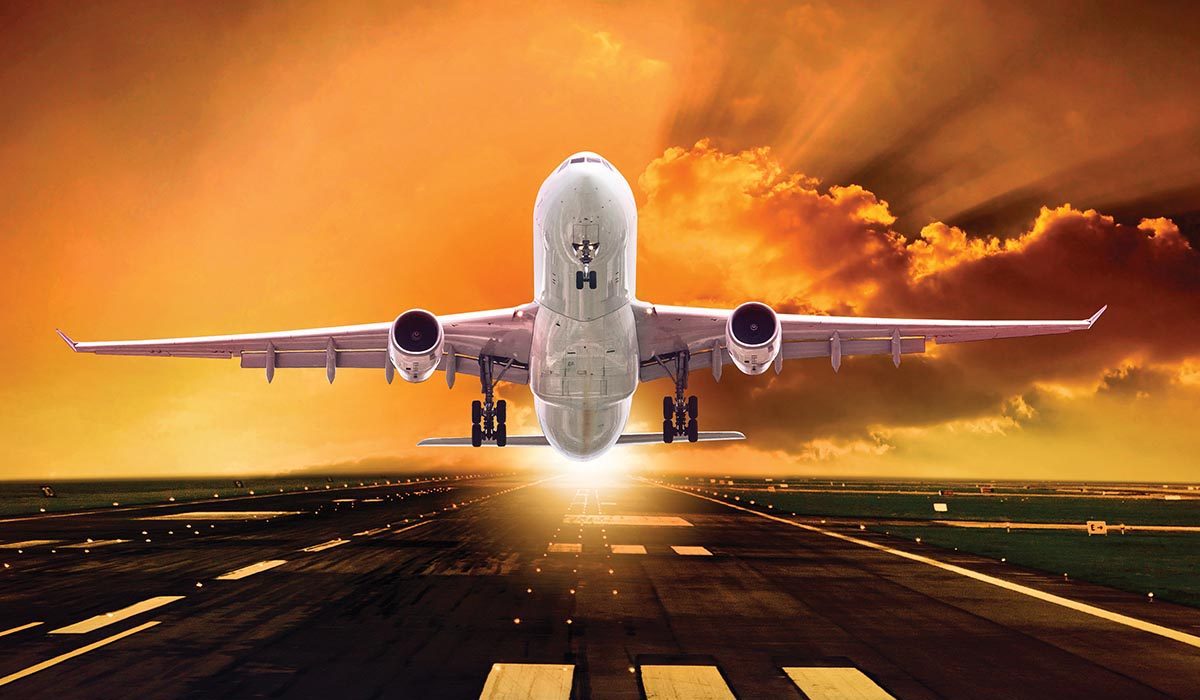Don't you find it wonderful that DAN-US and DAN-Europe don't agree on this?
I have been told by someone with supposedly inside information that their leadership hates each other, and that DAN Europe specifically has made decisions primarily because they are different from DAN Americas. If that is true, it's pretty sad. I can think of two and possibly three specific decisions that suspiciously seem to support that idea, and one is their 24-hour flying after diving policy.
1. DAN Europe does indeed say 24 hours, and they recently published a report of a study that they said proved it. It was a downright maddening study that seemed designed to support their policy. They used doppler bubble imagining to test people immediately after diving and then test them 24 hours later. When the people were bubble free in 24 hours, they said it proved that 24 hours was a "sufficient" time period to wait. "Sufficient" is not the same thing as "necessary." Why the heck didn't they also test them at 12 hours or 18 hours? They went bubble free before 24 hours, but we have no idea when they went bubble free. What if they had tested them after a week and said that a week was a sufficient time to wait? Would we all be waiting around for an extra week at dive locations before setting off for home?
2. About 20 years ago, during the height of the deep stops in decompression diving mania, people began to study deep stops in recreational, NDL dives. A couple (yes, two) studies seemed to suggest they were helpful, but later on people noted flaws in the methodology of the studies, and neither is highly regarded now. Shortly after that, DAN Americas published a discussion with several experts (including Simon Mitchell and David Doolette, and they said there was no evidence of a benefit to deep stops in NDL diving. That is still the recommendation of DAN Americas, but DAN Europe recommends deep stops for NDL dives.
3. About a decade ago, the deep stops philosophy started to be generally abandoned, and by 4-5 years ago that bubble had burst. I somehow got on a mailing list that included DAN Europe representation, and my sense of what was going on was that they were doing what they could to support research efforts designed to reverse that trend and prove the value of deep stops in decompression diving. As mysteriously as I got on that list, I just as mysteriously got off of it, so I don't know how those efforts are progressing.

dan.org



